SSC Tuatara Clocks 316.11 MPH And Is Officially The World's Fastest Production Car
Move over Bugatti and Koenigsegg: The SSC Tuatara is now officially the fastest production car in the world. The Tuatara achieved an average two-way speed of 316.11 mph (508.73 kph) on a seven-mile stretch of public road in State Route 160 near Pahrump, Nevada. Apparently, it's the same stretch of road where the Koenigsegg Agera RS broke the previous speed record in 2017.
"America's new claim to victory in the 'land-based space race' is going to be tough to beat," proudly claimed Jerod Shelby, CEO of SSC. "It's been ten years since we held this record with our first car, the Ultimate Aero, and the Tuatara is leagues ahead."
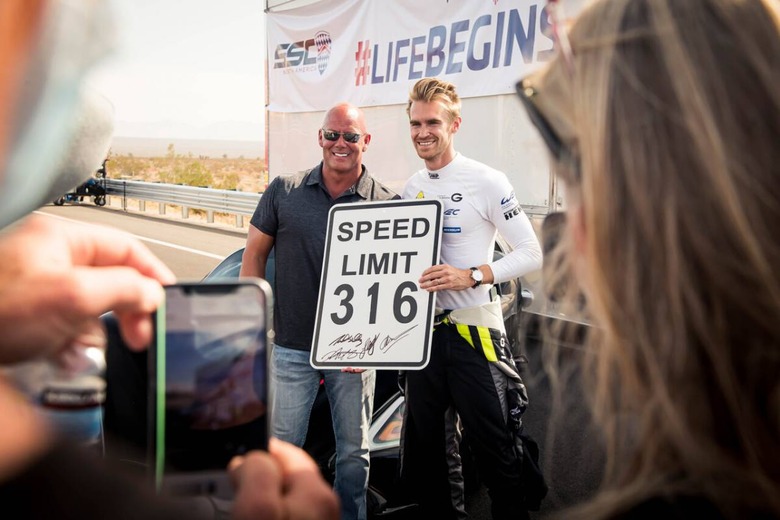
Shelby is talking about SSC's first run in capturing the speed title in 2007. Behind the wheel of the SSC Ultimate Aero TT, the car managed 256.18 mph (412.28 kph) to become the ultimate speed king, but the Bugatti Veyron 16.4 Super Sport crashed the party and took the title by setting a record-breaking speed of 267.856 mph (431.072 kph) in 2010.
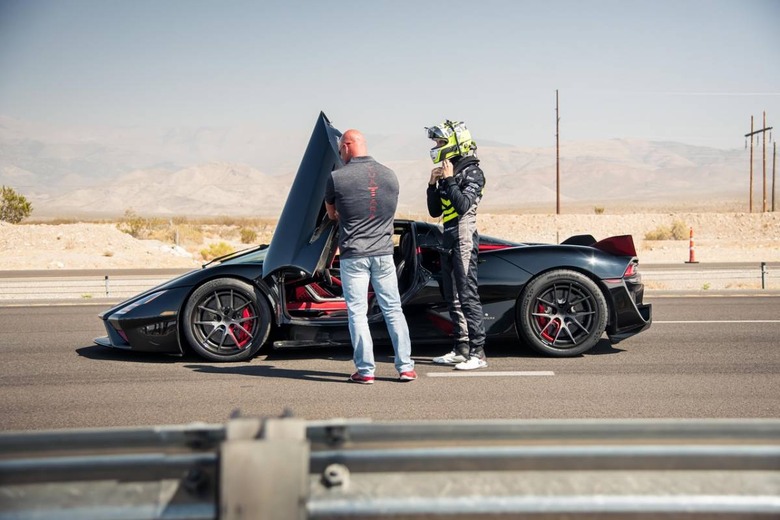
Next came Koenigsegg with the Agera RS in 2017, which clocked an average speed of 277.87 mph (447.19 kph). Last year, Bugatti came back with its Chiron Super Sport 300+ and registered a top speed of 304.773 mph (490.48 kph) at VW's private Ehra-Lessein test track. However, the Bugatti only sped in one direction, and this was not enough to claim the official Guinness top speed record.
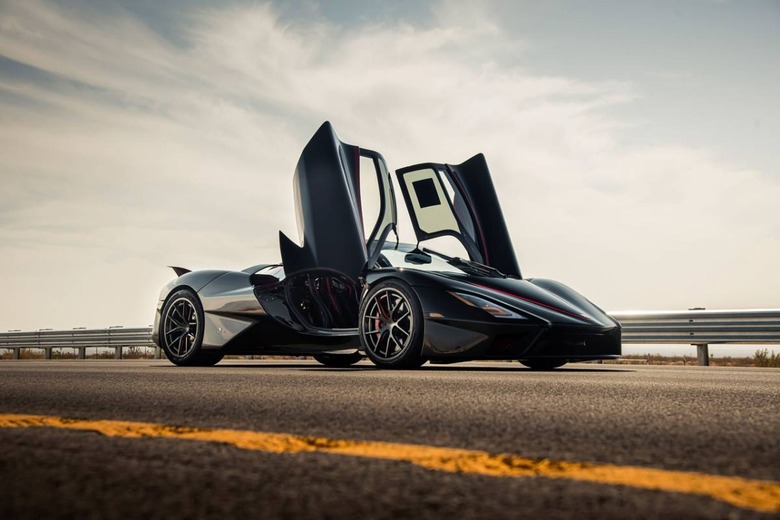
SSC made sure it stuck with all the rules to claim the world speed record. First, the vehicle had to be a production car, and SSC fulfilled this by unveiling the first production Tuatara in February 2020. Next, the vehicle should be driven on the same route in opposite directions to get the average speed between the two runs. On its first try, the SSC Tuatara clocked 301.07 mph (484.53 kph), while it recorded an astonishing 331.15 mph (532.93 kph) on its second run for an average speed of 316.11 mph.
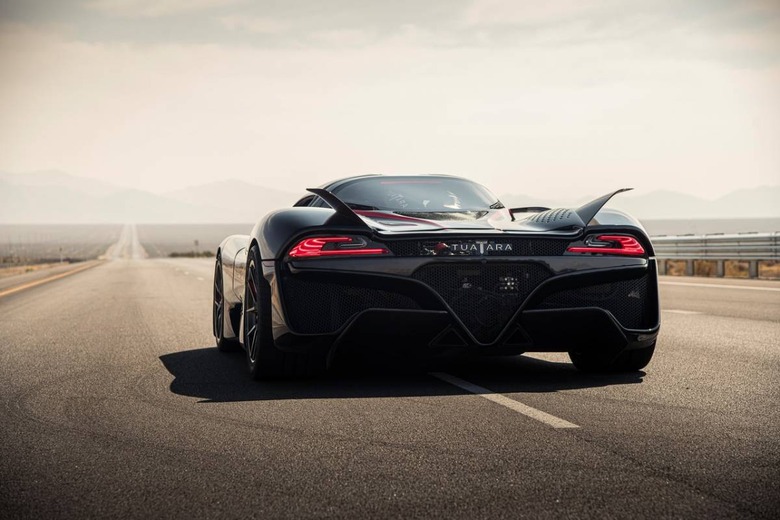
Next, the top speed run should be undertaken on a public road and have the vehicle speed tracked by a certified GPS measurement system. Finally, the car should have street tires and should be fed with regular non-race fuel. Driven by professional racing driver Oliver Webb, the SSC Tuatara complied with all the rules to breach the mythical 500 kph mark.
Officials were present to certify the run using state-of-the-art Dewetron GPS measurements, and SSC sought the services of Driven Studios to film the historic event using a subsonic T-33 jet from Pursuit/XM2, several drones, and a helicopter equipped with a gyro-stabilized Shotover system.
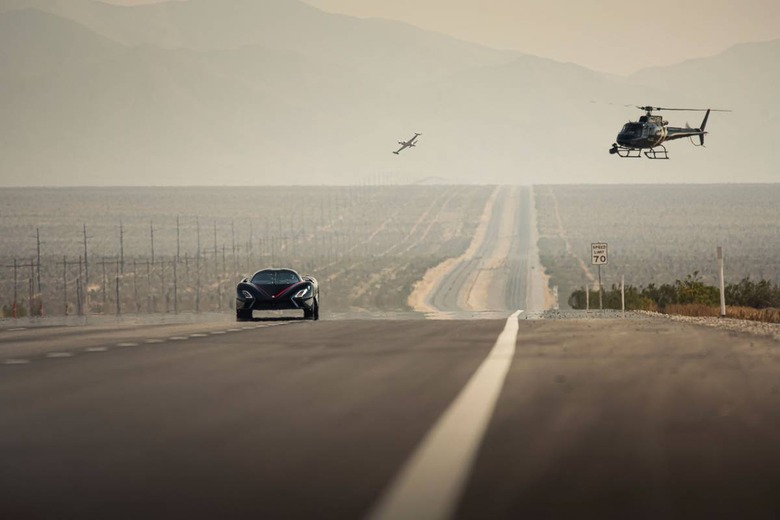
"As I approached 331 mph, the Tuatara climbed almost 20 mph within the last five seconds. It was still pulling well," said Webb after shattering the production top speed record. "There was definitely more in there, and with better conditions I know we could have gone faster, but crosswinds prevented us from realizing the car's limit."
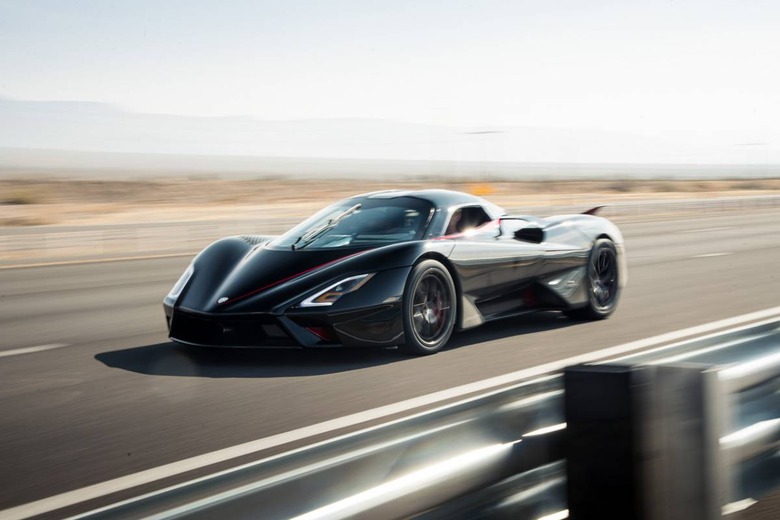
The SSC Tuatara also broke a couple more speed records during its historic run. The SSC Tuatara accomplished the Fastest Flying Mile on a Public Road record at 313.12 mph (503.92 kph); the Fastest Flying Kilometer on a Public Road record at 321.35 mph (517.16 kph); and the Highest Speed Achieved on a Public Road record at 331.15 mph (532.93 kph). Absolutely phenomenal, don't you agree?
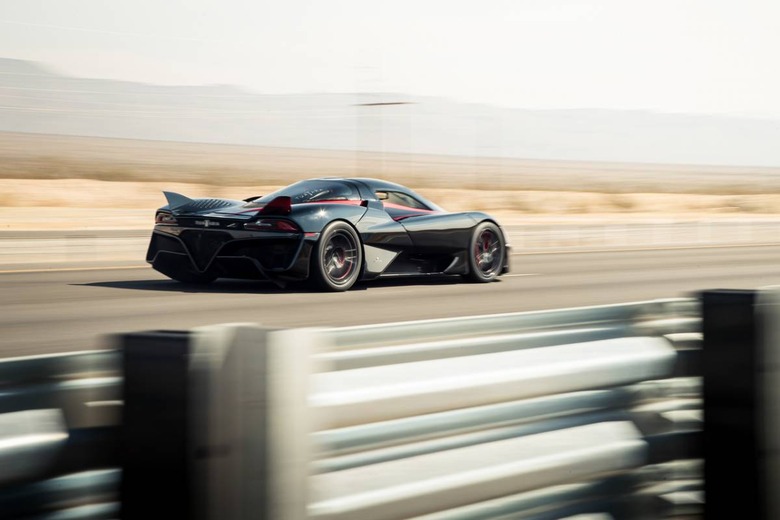
Truth be told, we didn't find all of this a bit surprising. The SSC Tuatara has a bespoke 5.9-liter twin-turbocharged V8 engine co-developed with Nelson Racing Engines, producing 1,750 horsepower on E85 fuel. Power is routed to the rear wheels via a CIMA seven-speed semi-automatic gearbox, while the aerodynamic body shape is penned by Jason Castriota. With a lightweight carbon-fiber monocoque chassis (which only weighs 2,750 pounds) and a drag coefficient of 0.279 Cd, it's no wonder the SSC Tuatara is now on top of the world.
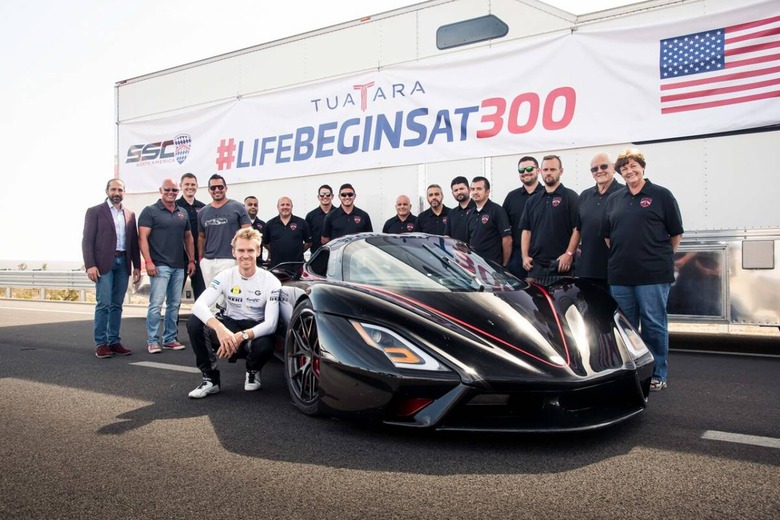
But then again, we can't help but wonder what Bugatti, Koenigsegg, and Hennessey has to say about all this. Congratulations, SSC!
